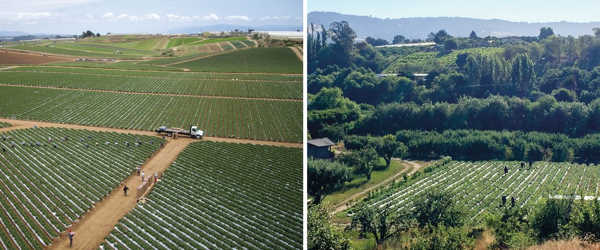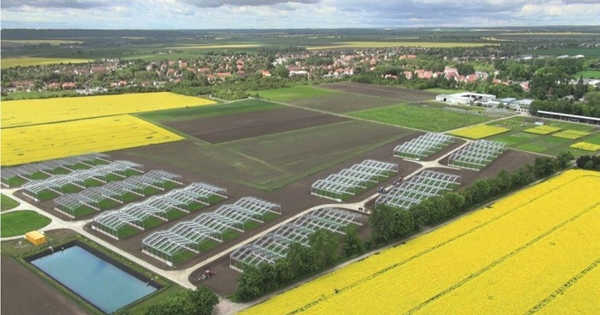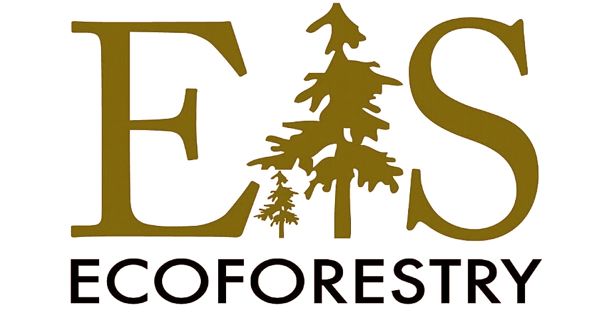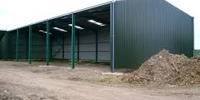Is organic farming the only option for promoting biodiversity in agricultural landscapes? An international research team led by the University of Göttingen is calling this into question. A landscape mosaic of natural habitats and small-scale and diverse cultivated areas, according to the authors, is the key to promoting biodiversity on a large scale in both conventional and organic agriculture. According to them, political decision-makers must recognize this in order to achieve a corresponding paradigm shift in agriculture. The statement was published in Trends in Ecology and Evolution.
The research team criticizes organic certification for focusing primarily on the prohibition of synthetic agrochemicals. Even though agriculture is becoming more intensive and specialized, this results in limited benefits for biodiversity but high yield losses. “Organically certified areas have one-third more species but do not produce as much as conventionally grown areas. This means that more land is required to produce the same amount of yield “explains first author Professor Teja Tscharntke of the University of Göttingen’s Agroecology Group. However, as the area required grows larger, the benefits for biodiversity diminish. Furthermore, it is a myth that organic farming does not use pesticides.
According to the authors, a landscape mosaic of natural habitats and small-scale and diverse cultivated areas is the key to promoting biodiversity on a large scale in both conventional and organic agriculture.
“Pesticides are permitted as long as they are deemed natural. Grapes, orchards, and vegetables, for example, are sprayed extensively and repeatedly, primarily with copper products, despite the fact that these products accumulate in the soil “Tscharntke adds. “In addition, much organic farming has moved far away from its early ideals: organic farming is not always done on idyllic family farms; organic monocultures are often the same size as conventional farms; and vegetables are frequently grown under glass, at the expense of biodiversity.”
Covering crops with plastic sheets for vegetable cultivation is destroying entire landscapes in the Mediterranean region, despite the fact that an increasing proportion of farming here is achieving organic certification.
Despite decades of repeated national and international policy efforts, biodiversity continues to decline rapidly. Agricultural intensification is a major cause of biodiversity loss, and conversion to organic farming has been proposed as a key strategy for slowing or reversing this trend.

Organic is a labeling term that indicates that food or other agricultural product was produced using approved methods that incorporate cultural, biological, and mechanical practices. These practices promote resource cycling, ecological balance, and biodiversity conservation. Certified organic crop and livestock producers follow USDA organic regulations on their farms. This includes using materials that have been approved for use in organic production and maintaining or improving their operation’s natural resources, such as soil and water quality.
“Landscapes with high crop diversity, small fields, and at least one-fifth near-natural habitats can promote biodiversity significantly more than organic certification,” the agroecologist emphasizes. “Landscapes with small fields and long edges have many times more species than landscapes with large fields, and they are equally viable in organic and conventional agriculture.” He uses landscapes where fields are one hectare instead of six as an example: “These can support six times the number of plant and insect species. Variety in cultivation can also double the number of species and greatly improve biological pest control and pollination success.”
Even if the EU’s Green Deal aims for a 25% share of organic agriculture by 2030, the biodiversity strategy will still require a 75% share of conventional agriculture.
Organic agriculture optimizes competition for food and space among different plant and animal species by managing locally available resources. Organic farmers’ main productive “input” is the manipulation of the temporal and spatial distribution of biodiversity. Adapted biodiversity is used to maintain soil fertility and prevent pests and diseases instead of mineral fertilizers, synthetic pesticides, pharmaceuticals, and genetically modified seeds and breeds.
Organic operations, in addition to benefiting the environment and improving soil health, are often able to reduce their reliance on off-farm fertility inputs, reduce pest management costs, maintain reliable sources of clean water, increase drought resiliency, and achieve better pollination by using these types of production practices.
















